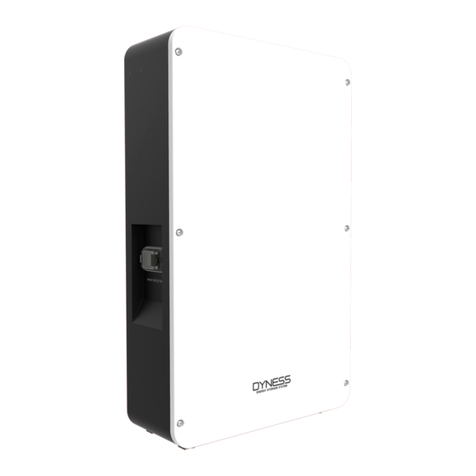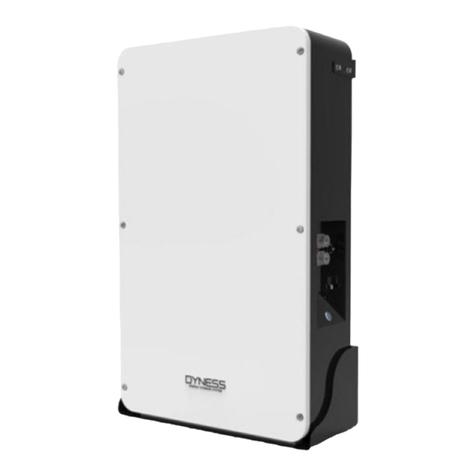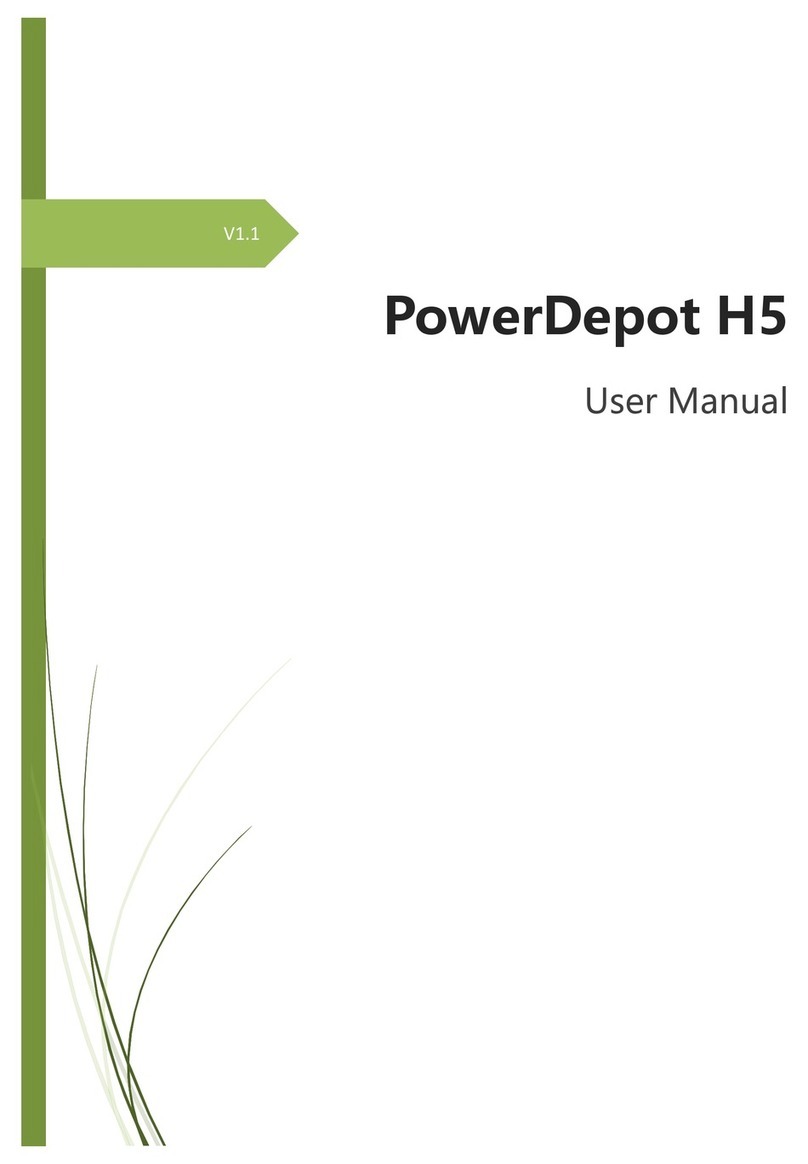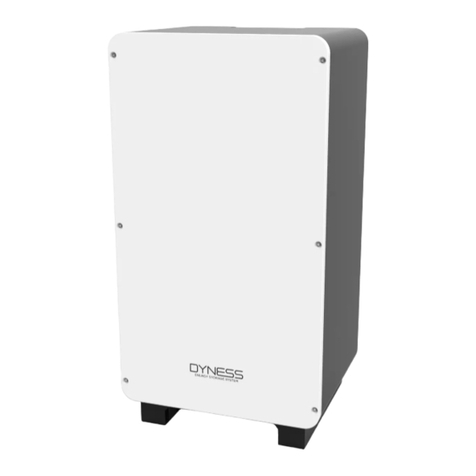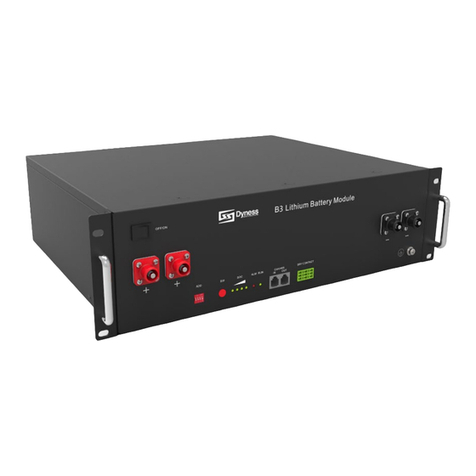
Powerbox F series User Manual
I
Content
Statement of Law.................................................................................................... 1
Safety Precautions .................................................................................................. 2
Preface ................................................................................................................... 3
1 Introduction...................................................................................................... 4
1.1 Brief Introduction .................................................................................................. 4
1.2 Product Properties................................................................................................. 4
1.3 Product identity definition..................................................................................... 5
2 Product Specification ........................................................................................ 6
2.1 Size and Weight..................................................................................................... 6
2.2 Performance Parameter ........................................................................................ 6
2.3 Interface Definition ............................................................................................... 6
2.4Battery Management System(BMS) ....................................................................... 9
2.4.1 Voltage Protection ................................................................................................. 9
2.4.2 Current Protection................................................................................................. 9
2.4.3 Temperature Protection ........................................................................................ 9
2.4.4 Other Protection .................................................................................................... 9
3 Installation and Configuration......................................................................... 11
3.1 Preparations for installation ................................................................................ 11
3.1.1 Environmental requirements............................................................................... 11
3.1.2 Tools and data ..................................................................................................... 11
3.1.3 Technical preparation .......................................................................................... 12
3.1.4Open the box to have inspection......................................................................... 12
3.1.5 Engineering coordination .................................................................................... 14
3.2 Equipment installation ........................................................................................ 14
3.2.1 Floor installation .................................................................................................. 15
3.2.2 Mounted on the wall ........................................................................................... 16
3.2.3 Electrical installation............................................................................................ 18
3.2.4 Battery module DIP switch definition and description........................................ 22
4 Use, maintenance and troubleshooting........................................................... 29
4.1 Battery system usage and operation instructions................................................. 29
4.2Alarm description and processing ........................................................................ 30
4.2.1 Alarm and countermeasure influence system output......................................... 30
4.2.2 Alarm and countermeasure without affecting the output of the system ........... 30
4.3Analysis and treatment of common faults ........................................................... 31






